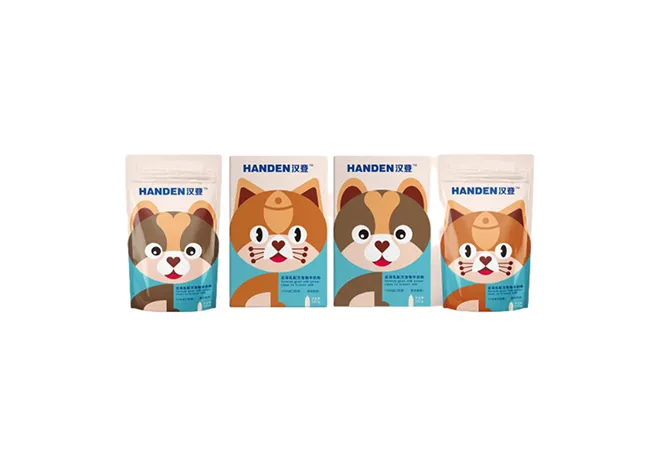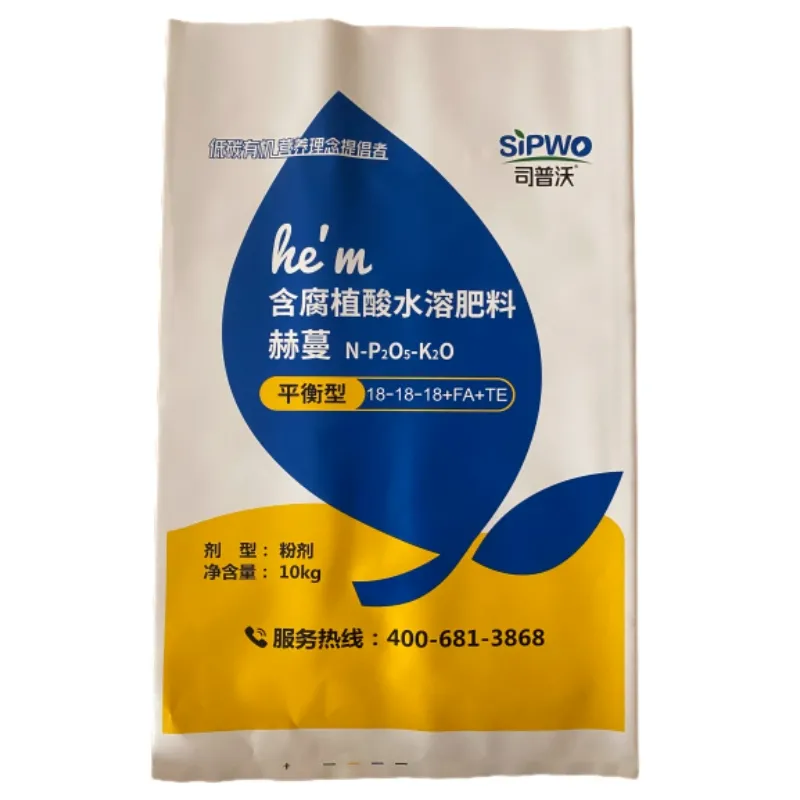When it comes to extending the shelf life of perishable goods, vacuum pack plastic technology remains unmatched. This innovative packaging technique not only preserves freshness but also offers a myriad of other benefits that combine economic efficiency with environmental consciousness, providing a comprehensive solution for individuals and businesses alike.

Vacuum packing essentially involves sealing goods in a plastic film after removing air from the package. This prevents the growth of bacteria and mold, thereby ensuring the contents remain unspoiled for longer periods. As someone deeply embedded in the product domain, I've witnessed firsthand how effective vacuum pack plastic can be, transforming how we store and preserve food and non-food items.
From a consumer's perspective, the benefits are immediate and tangible. Imagine buying bulk groceries, knowing confidently that the vacuum-sealed meat, cheese, or produce will remain fresh longer than their non-vacuum-sealed counterparts. This results in reduced food waste—an ongoing issue that affects both personal finances and global resources. Those leftover pieces of meat that are vacuum-sealed after a celebratory barbecue can be enjoyed weeks, if not months, later with the same succulent taste and texture as before. It's not just about prolongation; it's about preserving the quality and richness of flavor.

Businesses, particularly those in the food preservation and logistics sectors, can use vacuum pack plastics to enhance their operations significantly. For restaurants, vacuum sealing aids in pre-preparing meals without compromising taste. It optimizes inventory management, maintaining a steady supply of fresh ingredients much longer and synchronizing with demand spikes. Food hackers and culinary enthusiasts speak highly of vacuum sealing as a key technique for sous-vide cooking—a cooking method that gently heats the food, ensuring culinary excellence with every bite.
The professional edge offered by vacuum pack plastics is its contribution to sustainable practices. With durable plastics that warrant less frequent replacements, companies can effectively lessen their carbon footprint. Meanwhile, advancements in biodegradable vacuum pack plastics offer a promising solution to the ecological concerns surrounding conventional plastic use. This allows responsible businesses to operate in ways that align with increasing consumer demand for sustainable practices.
vacuum pack plastic
From an authoritative perspective, vacuum pack plastic has seen endorsement by FDA and other regulatory bodies ensuring its safety and efficacy for food storage and preservation. Research by packaging experts highlights its superiority over other traditional methods, like cling wrap or aluminum foil, in protecting against spoilage.
As sustainability continues to rise in consumer priority, trust in vacuum pack plastic is reinforced by its reliability and proven results. Customers are more likely to trust brands that incorporate eco-friendly packaging solutions in their operations, and vacuum-sealing technology complies seamlessly with such consumer expectations.
Despite its advantages, adopting vacuum pack plastic does come with initial considerations—such as the investment in suitable vacuum sealers for homes or commercial use. However, in balancing the upfront equipment cost with long-term savings, notably in reduced spoilage and waste, the economic benefits become evident. Consumers, chefs, and business owners, both large and small, vouch for the return on investment offered by such equipment.
In conclusion, vacuum pack plastic stands as a testament to innovation in packaging technology, leveraging scientific principle and practical application. It is a pillar supporting modern culinary practices, commercial efficiency, and sustainable operations in various industries. By embracing this robust packaging approach, individuals and businesses not only elevate their operational efficiency and product quality but also contribute positively to the global challenge of sustainability.